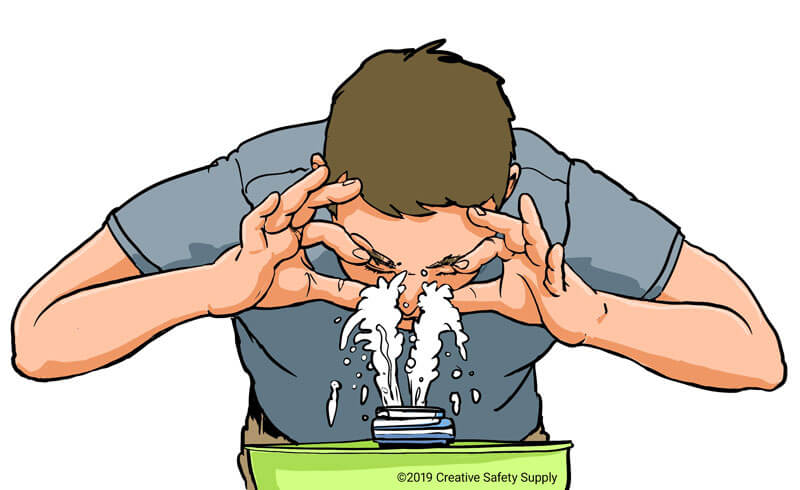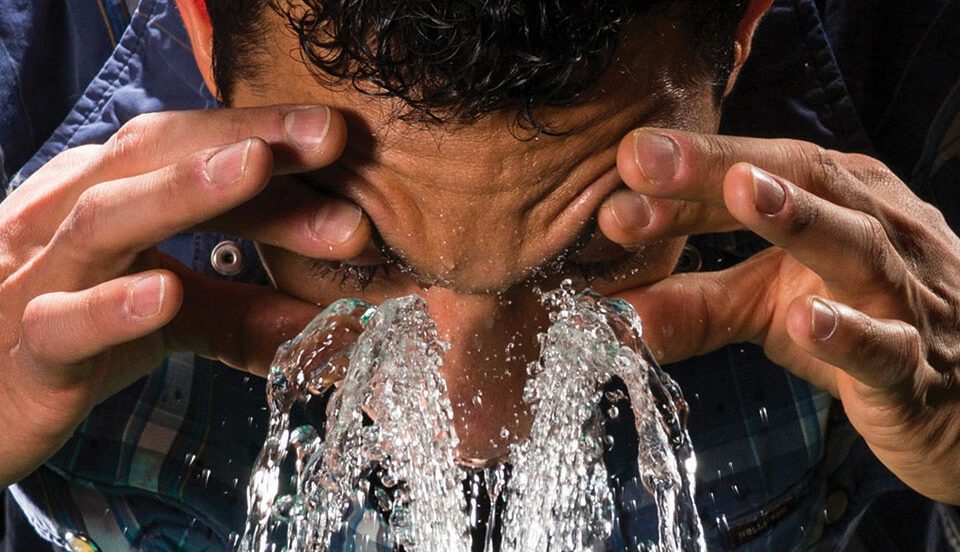Precautions for installing eyewash and safety shower

Best Practices When Procuring, Placing and Maintaining Your Emergency Eye/Face Wash and Showers.
2023年4月29日
Emergency Deluge Shower station
2023年7月19日An eye wash or a safety shower is an efficient safety device that interrupts
a chemical reaction in the quickest way possible to prevent serious damage to
the eyes or body.
For proper functioning, a shower must meet certain requirements:
Correct location: Every second counts! The eyewash and safety shower must be
placed close to the hazard zone, within a few seconds’ reach.
Adequate water flow: The water flow rate and rinsing duration are critical
for thoroughly removing chemicals or cooling burn damage. Krusman eye washes and
safety showers meet industry flow rate standards, but the flow can also be
customized. Rinsing should continue for 15-30 minutes; specific guidelines
depend on the chemical type and extent of injury. ANSI and EU standards provide
more details on recommended rinsing times.
Tempered water: Lukewarm water is required by law for eyewashes and
recommended for safety showers. Eye/face wash water should be 20-30°C, according
to Swedish law. Cooler water can slow chemical reactions and ease burn effects,
however. All Krusman showers have built-in flow reduction/compensation.
Uninterrupted operation: Safety showers require a large, consistent water
supply. Automatic pressure and flow compensation is needed to address supply
interruptions that could hamper emergency rinsing. The plumbing must also allow
simultaneous activation of body and eye showers.
Low pressure: Eye washes require a soft spray to avoid further eye injury. A
thick, gentle spray is preferable to a thin, sharp one. See the ANSI and EU
standards for proper spray pattern specifications.
Corrosion-resistant materials: Eyewashes and safety showers must function in
emergencies and are often placed in corrosive environments. Ensure all
components are made of materials suitable for the installation location. Outdoor
units must be insulated to prevent freezing.
Easy-to-activate valve: The shower valve is critical and should be high
quality. It must be designed for hands-free eye opening and easy activation in
emergencies.
In summary, emergency eyewash and shower equipment must meet essential
requirements to properly decontaminate and treat individuals exposed to
hazardous materials. Careful selection of properly designed units and regular
testing help ensure safety, health, and compliance.
ANSI Z358.1-2009 Standard for Emergency Eyewash and Shower Equipment The ANSI Z358.1-2009 Standard for Emergency Eyewash and Shower Equipment provides Read more
The Occupational Safety and Health Administration (OSHA) has guidelines for eyewash stations in the workplace. These stations are critical in Read more



